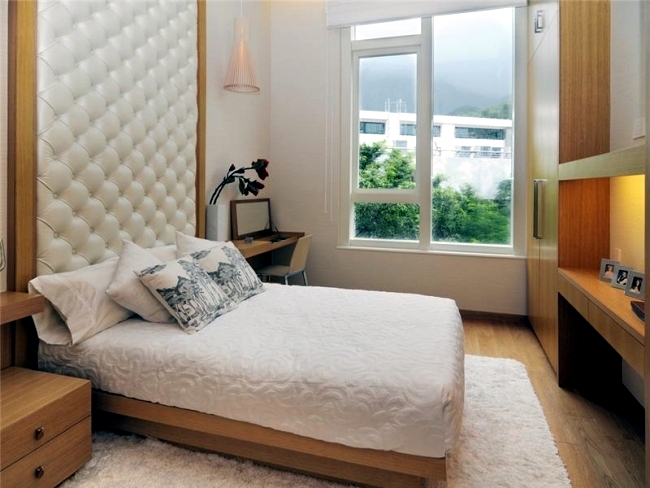


Your main text should look fine, as will all text set with the same leading value as your baseline grid. Look through your pages and see how they look when aligned to the baseline grid. From the Align to Grid drop-down menu, choose All Lines, then click OK. You’ll need to change a setting in your Basic Paragraph style.ĭouble-click Basic Paragraph in your Paragraph Styles panel to open it. Now you’ll see your baseline grid, but notice that none of the text is lining up on it yet. Switch back to any 2-page spread by double-clicking one in your Pages panel. To do this, click Layout>Margins and Columns, check both the Enable Layout Adjustment box and the Preview box, then increase or decrease the Bottom Margin until it falls just below the closest baseline. Otherwise your text won’t flow onto that line. If you find that the bottom margin is slightly above a baseline, adjust the margin so it’s slightly below instead. Now look at your bottom margin and see where it falls in relation to the baseline grid. Click OK, and now you should have one baseline above your top margin for your running heads to sit on. Top margin –1 line of leading = figure for the Start boxįor example: top margin (0.85”) minus 14 pt (0.1944”) = 0.6556” (type “0.6556 in” in the Start box). Then use this formula to calculate your final figure for the Start box: Convert points to inches by dividing the number of points by 72 (1 inch = 72 points). Then go back into Grid Preferences and write down the figure for your leading in points (from the Increment Every box). If your book has running heads, it’s best to start your baseline grid one line above your top margin.įirst click Layout>Margins and Columns, and write down your Top Margin figure. Running heads are always placed two baselines above your main text. Press W to switch views while the Selection Tool is in use and nothing is selected.Īdjusting your baseline grid for running heads Your baseline grid will only be visible in Normal view, not in Preview. Now you’ll see horizontal lines 14 pts apart across your 2-page spread from top to bottom. If the grid doesn’t appear automatically, you may need to show it by clicking View>Grids & Guides>Show Baseline Grid and switching to Normal view. Leave everything else in this dialog box with the InDesign defaults.Ĭlick OK, and a baseline grid will appear on your A-Master. In the Increment Every box, type the size of your leading (i.e., 14 pt). This Start box setting is perfect for books with running feet (such as this book) however, if your book has running heads, you’ll change your Start box setting (see below). In the Start box, type “0 in,” and in the Relative To box, select Top of Page. In the Baseline Grid box, choose a light color from the Color drop-down menu. Open your Grid Preferences by clicking Edit>Preferences>Grids (Windows) or InDesign> Preferences>Grids (Mac). But in most books, the baseline grid is simply set to the same point size as the leading. This allows half-linespaces between headings and lists and can save space while still adhering to a baseline grid. Sometimes if a book has very complex headings, subheadings, bulleted lists, etc., the baseline grid may be set to one half of the leading (say, 7 pt instead of 14 pt). If your main text has 14 pt leading, then your baseline grid is set to 14 pt. This excerpt from Book Design Made Simple should answer all your questions.īaseline grids are always set to the size of the leading. You’ll also be able to easily align images with your text. When your text is aligned on a baseline grid, it’ll line up beautifully throughout your whole book. The lines of type on both sides of the page should align neatly back to back. Hold up a book and look at one of the pages against a lit background. What is a baseline grid, and why do you need one? A baseline grid consists of horizontal guide lines that keep lines of text consistent from page to page.


 0 kommentar(er)
0 kommentar(er)
